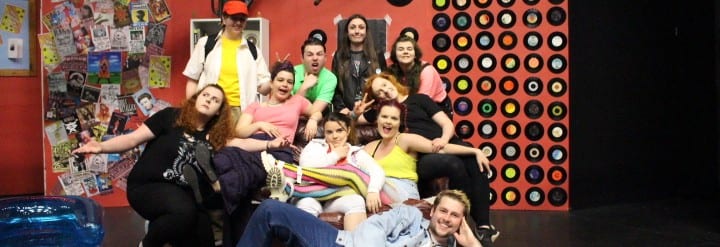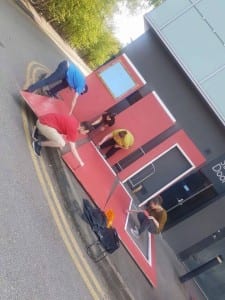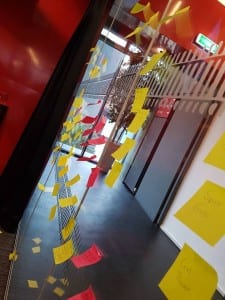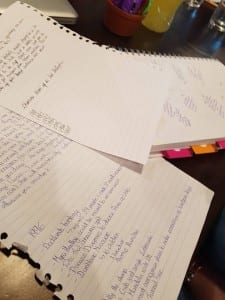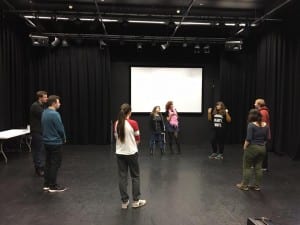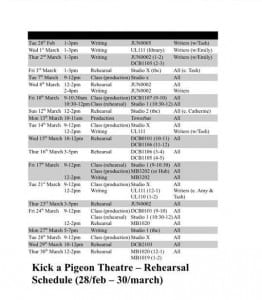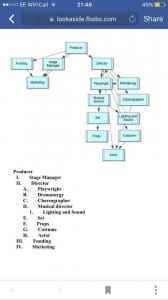Show day has finally passed, and it is safe to say the whole company should feel extremely proud of their work! After a weekend of intense rehearsals, along with some last minute changes to the show (including some stressful technical alterations), we were finally ready to get the show fully up on its feet in front of an audience.
The day before the show, I sent a full day schedule to the tech staff at the Lincoln Performing Arts Centre, to ensure everyone was briefed on how the day should run and to make sure the tech team were available for particular times for tech runs and a cue-to-cue.
On the day, we had to overcome several obstacles, mostly to do with scheduling. Although we had timed our get-in during the tech day, other elements such as paint touch-ups meant that the assembling of our set took longer than anticipated, setting us back by about half an hour. This led to us having less time for last minute scene run throughs as well as cutting down our time for feedback. However, we didn’t let this deter us, and I shifted the schedule to allow for both the technical run and a dress run before the actual performance.
As I was both stage managing and acting in the piece, I was unable to call the show on the day, instead leaving it to be run by the tech team with it programmed on Qlab. Although I would have liked the opportunity to experience calling a show, this decision meant the show still ran smoothly, with the audience reacting to it greater than we could have ever imagined.
Although the experience has been a stressful and tiring one at times, being a member of Kick A Pigeon Theatre had been a privilege and I hope we are able to continue in the future (maybe with me just stage managing this time).
